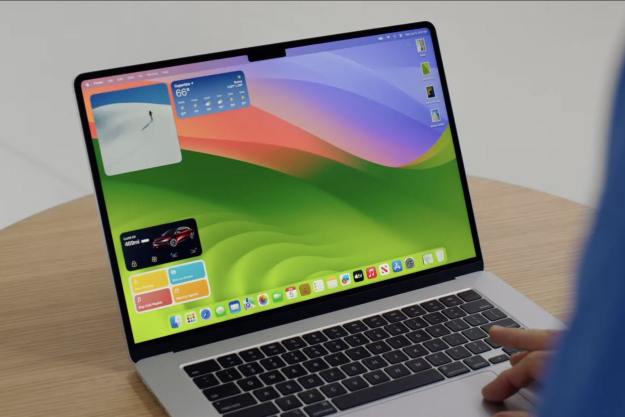
But the Stuxnet attack was not the first example of an APT. Another, a hacker network dubbed APT28 and linked by some sources with Russian government or criminal elements, has been at work since 2007 targeting a number of industries and sectors in Ukraine, Spain, Russian, Romania, the U.S., and Canada. Anti-malware software company Bitdefender generated a report on APT28 in 2016 and has provided an update on its Bitdefender Labs blog connecting it to new MacOS malware.
The specific malware, called Xagent, is cross-platform software that also attacks iOS devices to steal contact and location information, apps lists, photos, and more. The MacOS version of Xagent is aimed at gaining access to passwords, taking screenshots, and most important breaking into iPhone backups to grab the same data as the iOS version.
Bitdefender has now connected the MacOS version of Xagent with APT28: “Our past analysis of samples known to be linked to APT28 group shows a number of similarities between the Sofacy/APT28/Sednit Xagent component for Windows/Linux and the MacOS binary that currently forms the object of our investigation. For once, there is the presence of similar modules, such as FileSystem, KeyLogger and RemoteShell, as well as a similar network module called HttpChanel.”
In addition, the Xagent sample that Bitdefender’s researchers examined connect to the same command-and-control web address that’s the same as the ones used by APT28. Bitdefender is still conducting its analysis but at least initially it appears that APT28 operators may now have a new tool — compromised MacOS machines — to use in attacking government agencies, political figures, telecommunications, ecrime services, and aerospace companies.
Editors' Recommendations
- Don’t download the latest macOS Ventura update just yet
- 7 key settings in macOS Sonoma you should change right now
- Common macOS Sonoma problems and how to fix them
- This dangerous new Mac malware steals your credit card info
- macOS Sonoma public beta review: more than just screensavers


